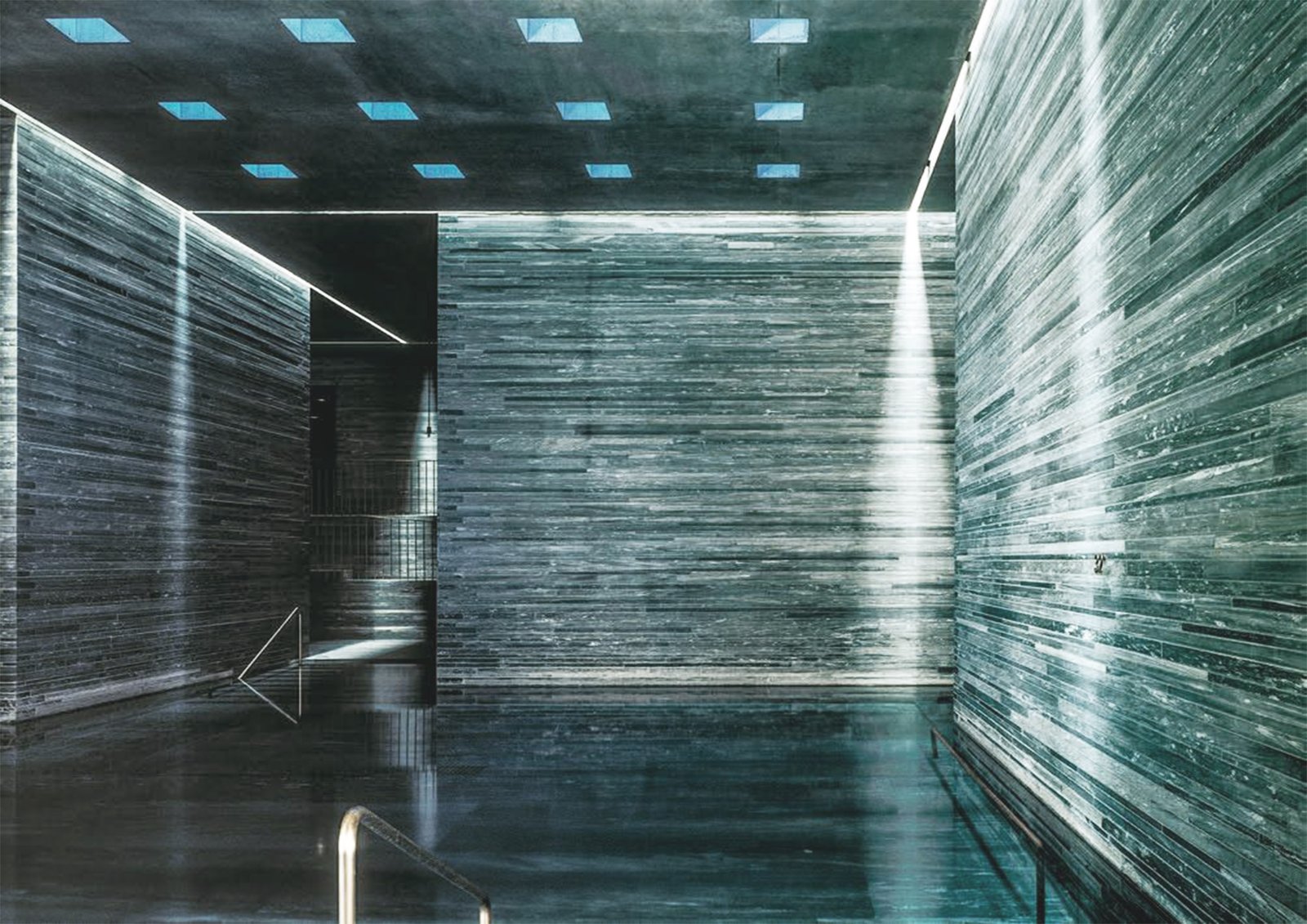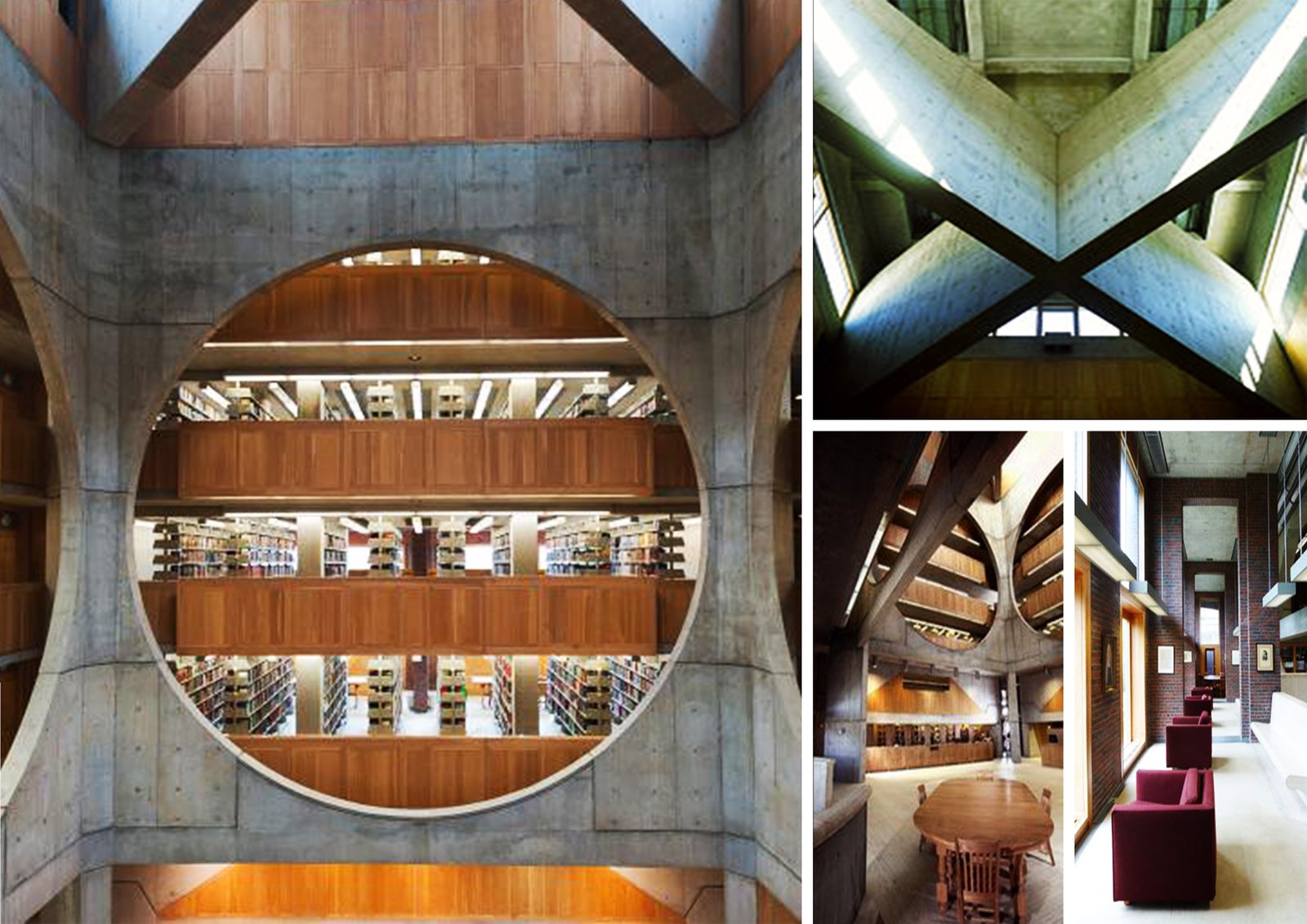There is an undefined relationship between natural light and Architecture!
Light creates a bridge between physically experiencing space and visually admiring it. The effect that it creates inside and around any space gives a purpose to the skeleton breaking the ground and standing tall on it. It is the principal element around which Architecture revolves and evolves. There is a specific degree of change in the visual space when light hits at different angles on each of the surfaces.
“The sun never knew how great it was until it hit the side of a building.” — Louis I Kahn
The secret lies in understanding the depth of reflections and refraction of the light when it touches or passes any material. The Architectural volume can really be defined as a work of art when the voids, projections, and textures make it a living space in itself when natural light is experimented with!
Light creates a visual beauty.
Light invites warmth from the outside to inside.
Light builds an interface to interact and experience.
Significance of light in Architecture:
Since ancient times, the experimentation with light while creating shelters has been given utmost importance. It is practical in so many dimensions including visual Beauty, aesthetics and health. There can never exist any Architectural space without the existence of the natural light, if not visually seen then experienced in a tactile way.
We create windows, doors, skylights or any other fenestrations to invite maximum light into our spaces. In ancient Architecture, there were intricately planned sundials to take a built form and determine the time. Light is symbolic of the character of a space and there is never a one-step process to utilize the intensity of it in all aspects. Light played an important role in the planning and construction of religious buildings. May it be the construction of domes or the carvings on the building facades, light helped in enhancing their beauty.
May it be a small vent in the wall of buildings in hot climatic regions or wide openings to direct one towards the exteriors in relatively colder regions, the first thought while designing timeless Architecture is always given to the use of natural light.
Understanding the story of light and Architecture:

Therme Vals, Switzerland
Apart from its material choice and intelligent planning, the one thing that makes this project by Architect Peter Zumthor an outstanding piece of Architectural work is the use of light. There is a flexible flow of direction which is indirectly governed by light into spaces and passages. The slits into individual blocks of slab give a stark definition dividing the spaces on the ground. One of the most miraculous effects is the continuous reflections caused by the water on the interiors of the building.
Phillips Exeter Academy Library and Dining Hall, New Hampshire
This library building by Louis I Kahn invites the maximum natural light to allow people to sit by the periphery of each floor and read. The plan is divided into three layers of functional spaces in an inside out form. The public spaces and book collections on the interiors pushing the reading areas along the edges on each of the floors. The huge central atrium creates a huge volume that is naturally lit at most of the time.

Koshino House, Ashiya, Japan
Built almost entirely in Concrete by the master Tadao Ando, this house allows for a curious journey to understand the play of light and shadow. It sits perfectly on the slope of the site and has punctures into its cast walls and slabs to invite natural light to create a piece of art on the walls. It adds value to the empty exposed concrete facades which no other physical decor would match up to!
The utilization of natural light can be done in our building by using various design strategies:
Create larger openings based on the orientation of the building. The idea is to get the natural light on the inside but avoid any glare. Building a screen as a shell around the building block with graphical patterns and perforations will help in painting a natural light design canvas on the interiors!
After all, there is no Architecture without the existence of light and the role it plays creates fascinating journeys around our buildings!

